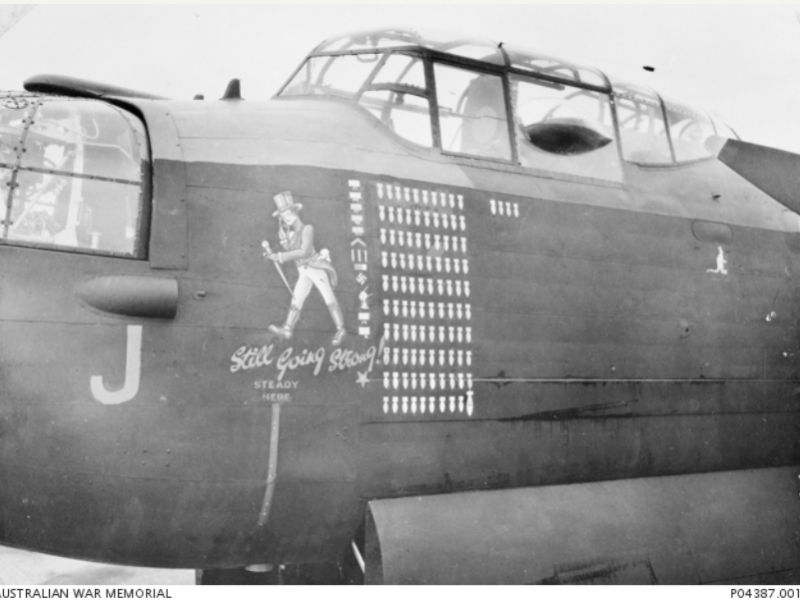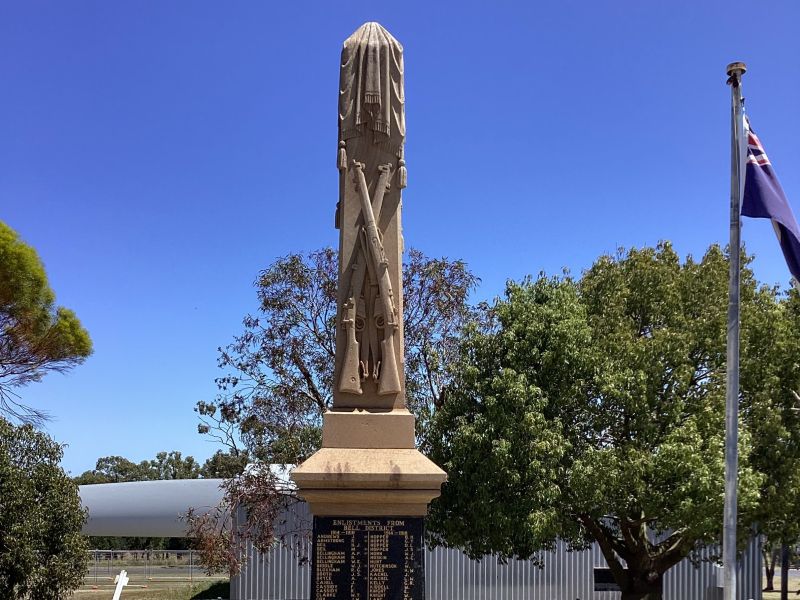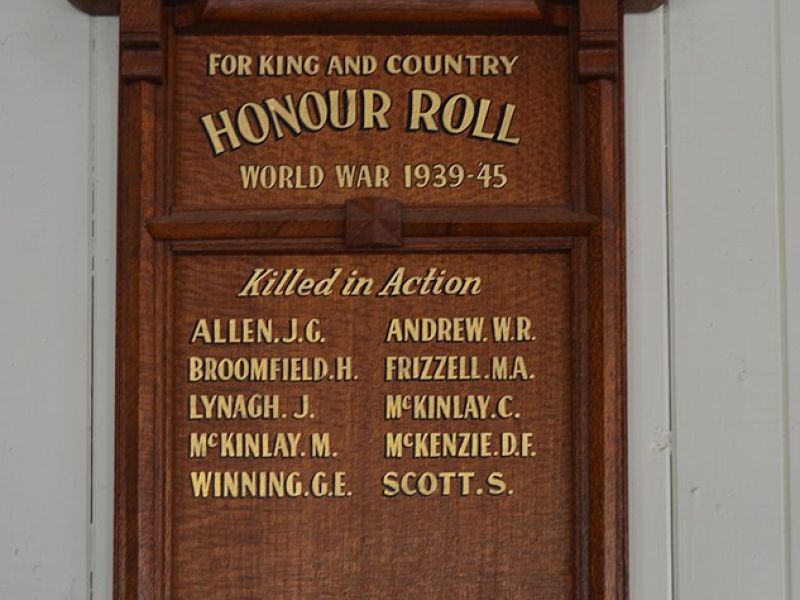Flight Sergeant William Ronald Andrew, No. 9 Squadron, RAF
William Andrew was born on 8 December 1921 in the town of Dalby in the Darling Downs region of Queensland, son of Hugh and Mary Andrew.
Growing up in the town of Bell in the Western Downs, young Andrew was a keen cricketer. He attended the local state school but left after the seventh grade to work as a farmhand and labourer on a local wheat farm.
Andrew worked on the farm for five years before enlisting in the Royal Australian Air Force on 7 February 1941. Aged 19, he spent the first period of his service in the RAAF working as a messman for No. 24 Squadron at Bankstown.
After eight months in the mess, Andrew was granted permission to train as an aircrew member, and commenced training as an air gunner. He embarked in October 1943 for overseas service.
As part of the Empire Air Training Scheme, Andrew was one of almost 27,500 RAAF pilots, navigators, wireless operators, gunners, and engineers who joined Royal Air Force squadrons or Australian squadrons based in Britain throughout the course of the war.
After his arrival in Britain, Andrew undertook further specialist training before being posted to No. 9 Squadron, Royal Air Force in July 1944. As part of the RAFs Bomber Command, the squadron was equipped with four-engine Avro Lancaster heavy bombers.
On 13 August 1944, Andrew was rear gunner in a Lancaster on a daylight mission to bomb U-Boat pens and shipping in the harbour at Brest on the western coast of France.
It was shot down by flak. Other crews reported that the Lancaster had a wing tip shot off before it dived and crashed into the ground.
All of Andrew’s crewmates were killed, including Australian Flight Sergeants Charles Herbert, John Scott, Cyril Scott, and Douglas McConville, and their British crewmates, pilot Flight Lieutenant Edward Relton and Sergeant Frederick Johnson.
William Andrew was 22 years old. He had been with the squadron for one month.
The bodies of the crew were recovered from the crash and Andrew was buried in the Hottot Les Baques Cemetery, south east of Bayeux, France. The epitaph upon his gravestone, chosen by his family, reads: “Duty nobly done”.
Andrew’s name is listed on the Australian War Memorial Honour Roll, among some 40,000 Australians who died while serving in the Second World War.
Dr Lachlan Grant, Historian, Military History Section
Image: The nose art on a Mark I Avro Lancaster bomber, with the squadron code WS-J (serial number W4964), of 9 Squadron, Royal Air Force. 'J' Johnnie, completed an impressive 106 operations and is seen here after completing 104. It features the Johnny Walker whiskey symbol with the firm's equally famous motto, ‘Still Going Strong.’ Read more: https://www.awm.gov.au/collection/C1067083
- Australian War Memorial https://www.awm.gov.au/collection/C1067083

 Australian War Memorial
Australian War Memorial
